Tents usually are the number one item for every camper. They protect you from the vagaries of the weather and give you some personal space if you’re traveling in a group.
The thing is, tents also take a lot of space in your tourist gear and maybe quite bulky.
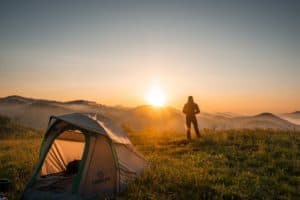
Thankfully, there are ways to sleep outdoors without a tent. And they are listed below for your convenience.
So, just choose the one that suits you most, and get your travel mode on!
Quick Navigation
Bivy Bag

A bivy bag or bivy sack is something between a tent and a sleeping bag. So, if you aren’t ready to completely give up tents yet, they might be a good place to start.
There are actually two types of bivvies:
- Bivy sack. Basically, it’s a waterproof encasement for your sleeping bag, that will protect you from moisture or bugs.
- Bivy shelters. These usually have enough space for you to change your clothes and store your gear, and they resemble a regular tent more closely.
The main advantage of bivy bags is that they take up much less space and are lightweight. Also, they perform surprisingly well in terms of keeping you warm and dry.
The main issues, however, are the following:
- bivy bags are meant only for sleeping;
- they may not suit people with claustrophobia;
- you may need an additional encasement if the weather was wet during the night so that you wouldn’t dampen the rest of your gear.
Hammock
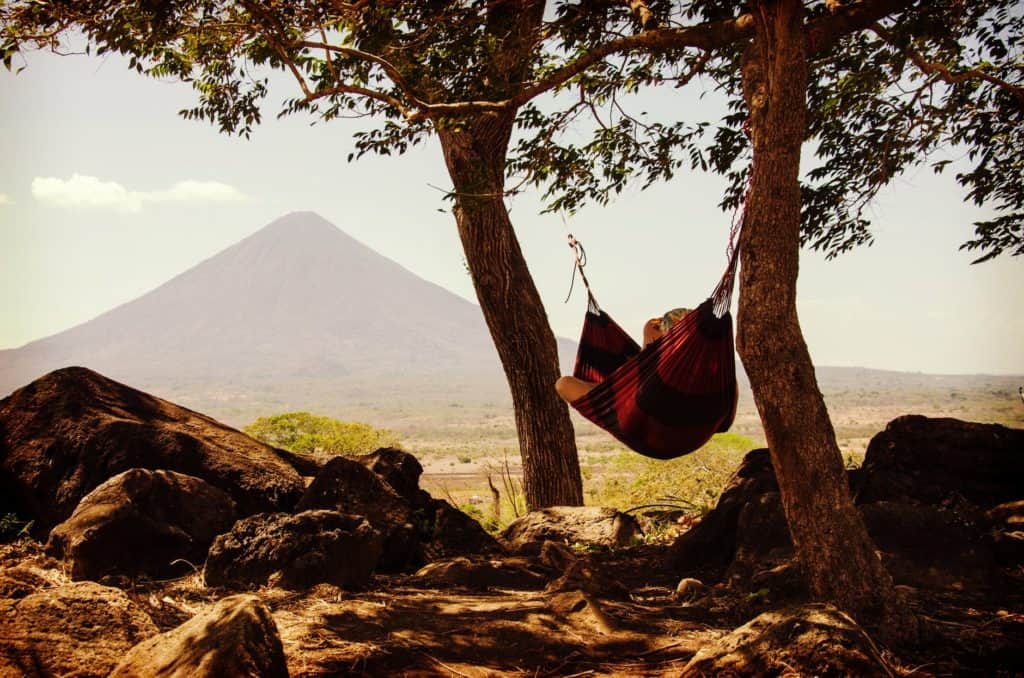
Hammocks are great because they lift you from the ground so that you wouldn’t get wet or chilled.
Also, studies show that swaying in a hammock makes your transition to the deep sleep faster. If you’re on a hiking trail and have to walk many miles a day, that’s definitely something you need in order to get more restorative sleep.
However, to install a hammock, you may require some specific knowledge, such as how to make knots that won’t come loose.
Also, a hammock might become a problematic sleeping spot in windy or rainy weather, as it offers you literally no cover from nature’s fury.
Finally, you need to look for properly spaced trees to place your hammock. Otherwise, you will dangle near the ground or have to overstretch your hammock, thereby putting yourself at risk of falling.
Air Mattress

Surprisingly, you can use your air mattress as an outdoor sleeping spot too.
When deflated, an airbed is pretty compact and can provide you with a sturdy uniform surface. Once inflated, it turns into a comfortable bed that can help relieve the stiffness after a rough camping day.
The main problems with air mattresses are deflation during the night due to temperature differences and the possibility of tears and leaks when you accidentally install them on an unsuitable surface.
Here are some recommendations for you on how to arrange your sleeping spot in such a way that you wouldn’t have to hastily patch your air mattress after only one night of using it:
- Choose an even surface. A perfect surface would be without tree roots, stones, sticks, and other sharp pieces. In case you can’t seem to find one, try to look for a spot which you can easily clean up.
- Don’t settle in low spots. They may collect runoff from higher areas, such as nearby hills, and accumulate colder air.
- Look for natural windshields. If you don’t have a windshield with you, you may opt for locations that are covered by trees. Or, choose to camp near piles of stones and similar natural constructions that will protect you from wind and cold.
Also, note that if your air mattress doesn’t have a built-in pump, you will need to carry around a mechanical pump and do some physical work before arranging your sleeping place.
Sleeping On The Ground
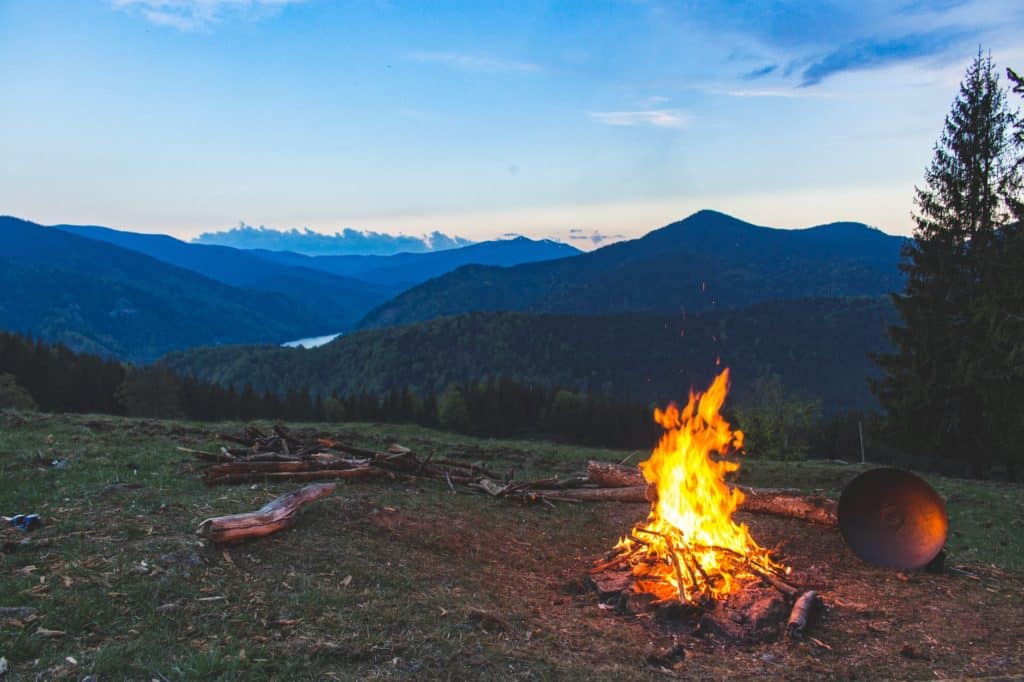
Moving on to the advanced methods of outdoor sleeping. If you’re not a novice camper, chances are you’ll be able to make a bonfire, unroll your sleeping bag and sleep right on the ground.
And no, this won’t ‘reward’ you with bladder problems or kidney diseases if you initially don’t have issues with these organs; that’s a myth.
Now, let me list the pros and cons of sleeping on the ground.
Pros
- Simplicity. You need nothing except your sleeping bag and tools to make a bonfire, which is a starter kit for every camper.
- Easy setup. Or no setup at all. Just find an even, elevated surface, preferably protected from wind, and you’re all set.
- Unity with nature. Sleeping on the ground, you can feel like early humans and enjoy the spectacular atmosphere around you.
Cons
- Rainy weather will spoil it. Or any moisture, actually. Not only it will become impossible to make any fire, but you might get cold and wet too.
- Unsafe. If you aren’t familiar with the surroundings, sleeping with no shelter might be threatening in some cases.
- Privacy concerns. If you’re traveling with a group, then hearing other campers roaming around you may not contribute to your refreshing shut-eye.
And don’t forget about bugs and other critters.
Overall, if you opt for this method of sleeping outdoors, be sure to inspect the surroundings and choose the safest spot possible.
Building Your Own Shelter
Finally, the most advanced method of all is to create your own sleeping shelter. This would come in handy when you haven’t expected to stay outdoors for the night or when bad weather conditions have caught you by surprise.
The easiest way to build a shelter is to find a large stone, log or any other object onto which you can lean several large branches so that they would create a sort of wall standing under an angle.
Then, cover this wall with lots of smaller branches and leaves, and you’re set. Make sure there is enough space underneath this wall for you (and anyone else with you), but not too much, as bigger spaces will be less warm.
Such a shelter can provide you with modest protection against the wind or rain and requires little time and effort to make. However, the downsides to this method are similar to the downsides to sleeping on the ground: bugs and moisture.
Also, despite being relatively easy to make, crafted shelters still require some practice to become effective.
Finally, if you’re camping in the area that belongs to national parks, you may not have a right to build a shelter there, as this might harm the ecosystem created in these areas.
If you do camp and get caught, you may be liable to a fine or any other type of penalty.


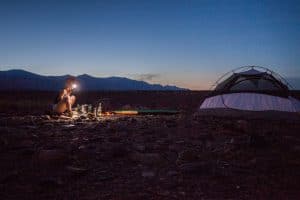
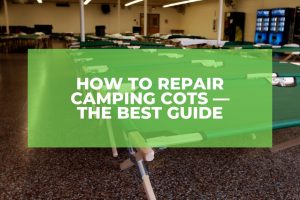
The content is very interesting and rare. I have insomnia related problems and due to this I have used CPAP masks for side sleepers very often. This is good in terms of its action and so far I have benefited a lot. From this content I have got some valuable tips to take good sleep when you are on an excursion. Thanks for this content.
Glad to know that you love my article. Thank you.